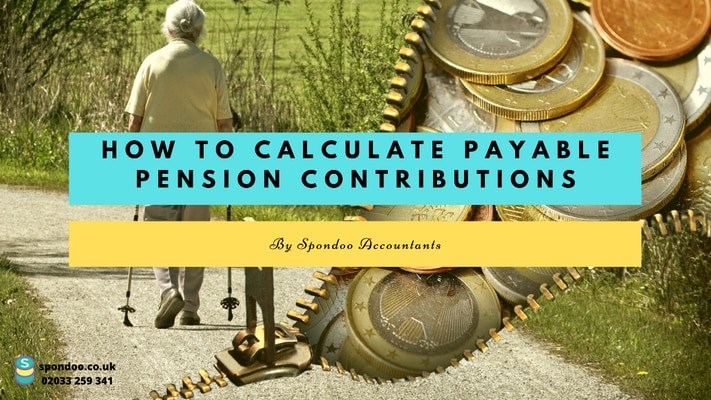How to calculate payable pension contributions
Pension schemes historically had a basic understanding of pensionable pay, commonly using the terms Salary or Basic Pay. These definitions were prescribed by the employer or pension scheme themselves. However, since the implementation of the Pensions Act 2008, the government has defined pensionable earnings in law for all qualifying auto-enrolment schemes.
In this article, we will talk about how to calculate pension contributions under automatic enrolment legislation in the United Kingdom:
1. Calculating employees' pension contributions using Qualifying Earnings
What are qualifying earnings?
Qualifying Earnings are a band of earnings used to calculate contributions for auto enrolment. They encompass all components of a worker's pay (basic pay, holiday pay, overtime, bonuses, commission, statutory sick pay and Statutory maternity, paternity or adoption pay) spelled out in the Pensions Act 2008 - after applying the Upper and Lower Earnings Thresholds for auto enrolment. The figures are reviewed yearly by the government and the 2021/22 tax year qualifying earnings fall between £6,240 (the lower limit) and £50,270 (the upper limit) per annum. That makes the maximum qualifying earnings £44,030 (£50,270-£6,240).
The minimum auto enrolment contribution to an employee’s pension savings, using Qualifying Earnings, is 8%. In the 8%, the minimum employer contribution is 3%, whereas the minimum employee contribution is 5%.
Here is a table that further illustrates the thresholds for Qualifying Earnings based on your pay frequency:
|
Pay periods |
Lower level |
Upper level |
|
Weekly |
£120 |
£967 |
|
Fortnightly |
£240 |
£1,934 |
|
Four-weekly |
£480 |
£3,867 |
|
Monthly |
£520 |
£4,189 |
When calculating pension contribution using Qualifying earnings, you must use the threshold relevant to the pay frequency in use. First, you need to subtract the thresholds from the total pay to get the pensionable pay for the worker. Thereafter, you can calculate the contributions based on the contribution percentages you have set for the worker.
Example
Lower level of qualifying earnings
If you pay your worker weekly and they earned £300 - you must subtract the threshold of £120 from the total pay (£300 - £120) to get the pensionable pay of £180. You can then calculate the contributions based on this amount - by multiplying with 5% (for employee contributions) and 3% (for employer contributions).
Upper level of qualifying earnings
If you pay your worker weekly and they earned £2100, you can only consider the upper-level threshold of £967. It gets a little different here because you need to subtract the lower-level threshold of £120 (£967 minus £120) to get the pensionable pay of £847. You can then calculate the contributions based on this amount- by multiplying with 5% (for employee contributions) and 3% (for employer contributions).
2. Calculating pension contributions using Certification
If you are looking to change the components of pay within your pensionable earnings definition, you need to use one of the three Sets (also known as tiers) available to meet your legal duties (Set 1, Set 2, or Set 3).
You must create a record-keeping process to test your compliance when using Certification every eighteen months. These records are stored in case of an audit from the Pensions Regulator.
Set 1
Set 1 pensionable earnings must be equal to or more than the worker’s basic pay excluding overtime, bonuses, and commission.
The minimum pension contribution for this set is 9% where the employer must pay at least 4% of this and the worker at least 5%.
Set 2
Set 2 total pensionable earnings must be at least 85 per cent of the workers total earnings including: salary, commission, bonuses and overtime, performance related earnings, statutory sick, maternity, paternity, and adoption pay. They must be equal to or more than the worker’s basic pay.
The minimum contribution is 8% where the employer must pay at least 3% of this and the worker pays at least 5%.
Set 3
Set 3 includes all earnings in pensionable earnings including wages, commission, overtime, bonuses, performance-related pay, and any other earnings paid.
The minimum pension contribution payable is 7% of which the employer must pay at least 3% and the worker pays at least 4%.
Do You Need Help?
Contact a certified pension accountant, like Spondoo Accountants, for support in meeting The Pension Regulator legislation.
Blog by Spondoo Accountants
Join Our FREE Business Owners Hub
Get access to our latest blogs, PDF downloads and updates.




